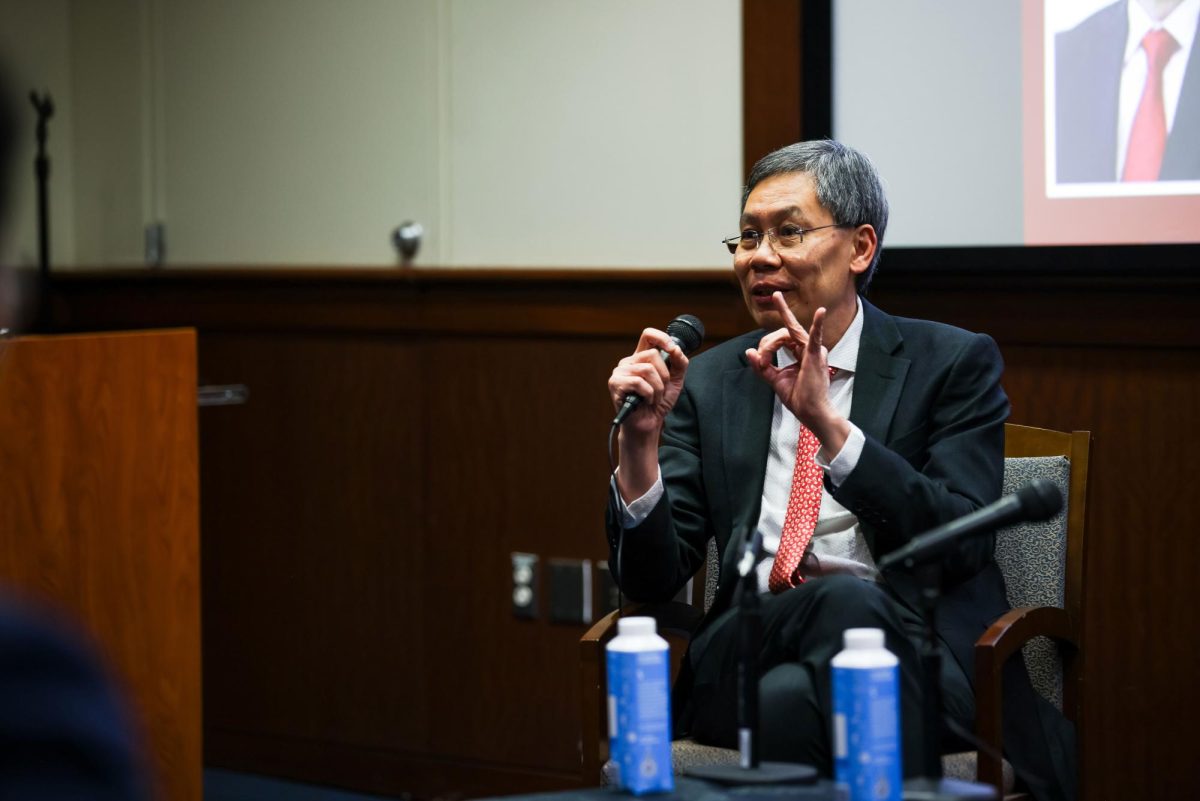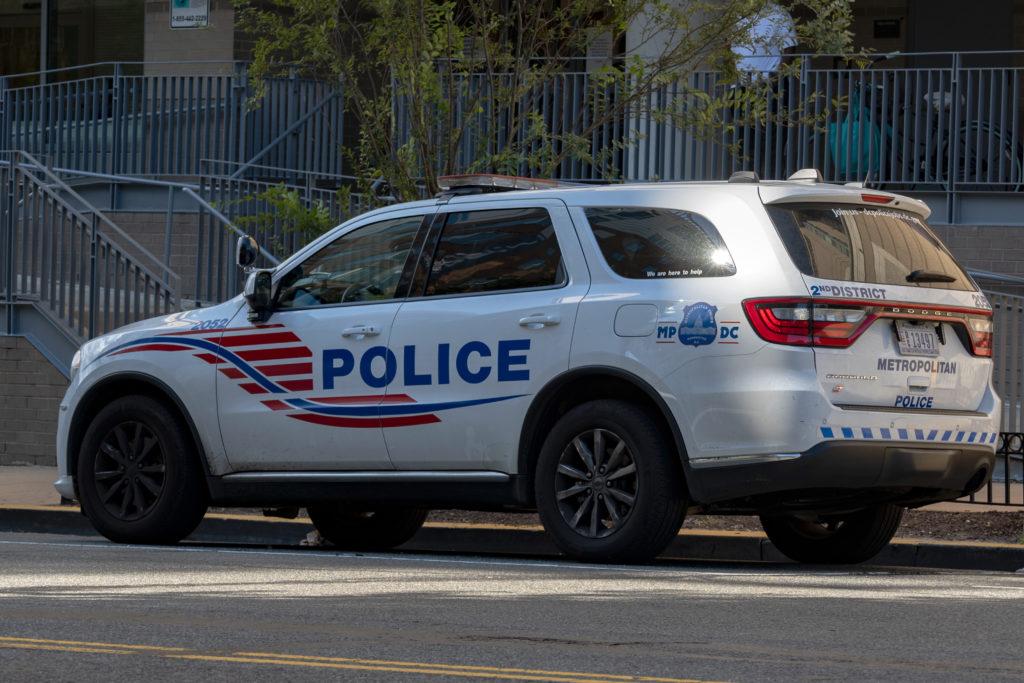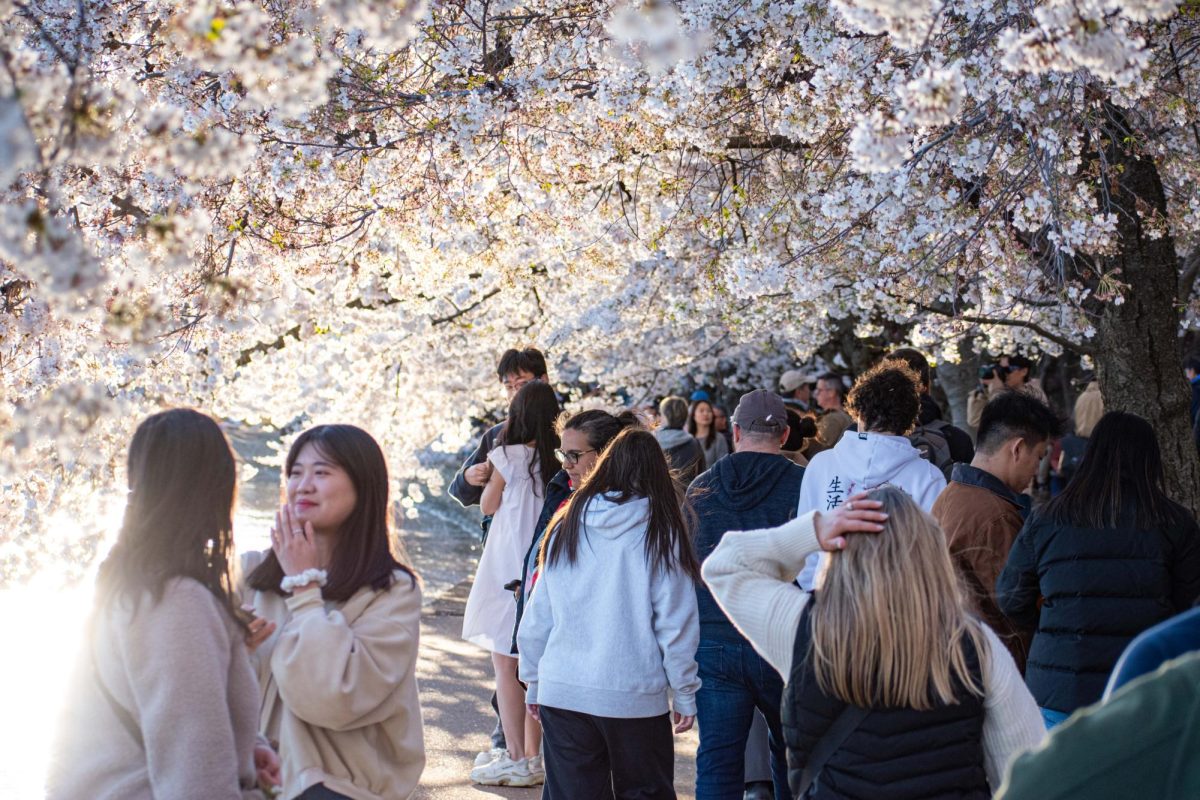SLAM! Although this may sound painful to the untrained ear, aikido students know the louder you hit the mat when you fall, the safer you’ll be.
Students who practice aikido every Saturday in the K Gym not only learn how to fall correctly, but they also gain the benefits of exercise and meditation “all rolled into one nonviolent form of fighting to survive,” said Matthew Seitman, president of the student organization.
Aikido is a Japanese martial art developed by renowned martial artist Morihei Ueshiba in the early 20th century. His intention was to unify the physical and spiritual aspects of the world and become one with the universe.
At the beginning of practice, members stretch everything from the tips of their fingers to the heels of their feet. During practice, they focus less on muscles and more on inner strength.
Instead of concentrating on punching or kicking, aikido is centered on using an aggressor’s momentum to deflect and redirect the attacks. This teaches the student to protect himself as well as the attacker – a way of cultivating peace.
Sensei Philippe Duverger, who has led several aikido club meetings, has practiced aikido for more than 20 years. He defined aikido as “a mixture between tai chi and judo where one can learn everything from aerobics to self-defense.”
Students like freshman Caroline Bowman, who is taking the aikido class for credit, practice this martial art for self-defense. Bowman said knowing martial arts builds confidence. “It’s important to be aware of it even if you don’t use it,” she said.
People may underestimate Bowman’s strength based on her petite frame, but potential attackers should beware. Though she has not needed to use any of her moves on the streets of D.C., “aikido is very beneficial to know in the city so you don’t have to be afraid,” she said.
Junior Graham Robinson, vice president of the club, said he believes aikido is a “relaxing martial art.” With such a comprehensive definition, aikido unsurprisingly attracts those interested in a wide variety of activities – like yoga or karate.
Duverger said “students communicate through their movements,” encouraging a rhythmic set of moves in which the students rely on their inner energy and not just their opponent’s body. Wearing a white kimono under navy hakama, loose pleated pants that look like a skirt from a distance, he enthusiastically interacted with the students to make sure they correctly executed the moves – often focusing teaching them how to fall. Due to the number of tumbles and intricate moves, falling properly ensures the safety of the student.
There are no competitions in aikido, as students aim to resolve conflict peacefully. Aikido students begin training at the kyu level with a white belt and advance to the dan with a black belt depending on their skill level.
Juan Roeschmann is a first-year doctoral student and recently started practicing aikido. He said he is excited to continue learning the martial art that he believes is all about “breaking the opponent in a unconventional way.”
“Aikido offers more than just martial art training,” said Seitman, who has been practicing aikido for five years. “It seeks to provide balance in a very hectic world.”




